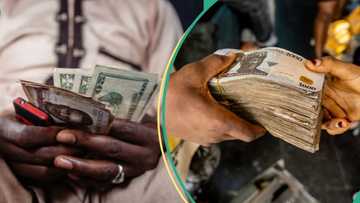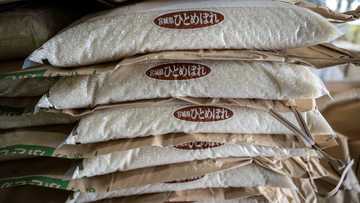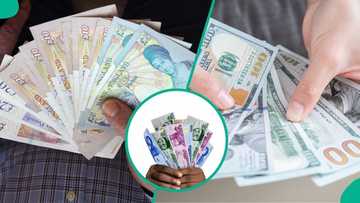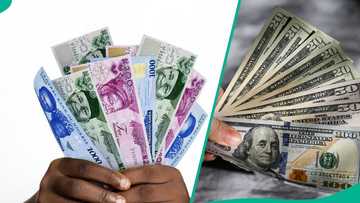Full List: 10 Most Affordable Nigerian States to Live In as Inflation Drops to 22.22 Per Cent
- New data from the National Bureau of Statistics (NBS) has shown that Nigeria’s inflation is easing
- The NBS data disclosed that headline inflation dropped to 22.22%, showing a modest decline in June, relative to 22.97% recorded in May 2025
- Meanwhile, 10 Nigerian states have been highlighted by the NBS as the most affordable to live in during the review period
Legit.ng’s Pascal Oparada has reported on tech, energy, stocks, investment and the economy for over a decade.
With inflationary pressures easing across Nigeria, new data from the National Bureau of Statistics (NBS) reveals the 10 most affordable states to live in as of June 2025.
The NBS’ Consumer Price Index (CPI) report shows that the nation’s headline inflation dropped to 22.22% in June, from 22.97% in May—a modest decline of 0.75 percentage points.

Source: Getty Images
Top 10 affordable states to live in
The latest figures spotlight regional disparities in inflation rates, highlighting states with the lowest all-items inflation, a strong indicator of the cost of living. These states, many of which are in the North, recorded figures significantly below the national average.
Zamfara – 9.9% inflation rate
Zamfara leads as the state with the lowest inflation rate. Despite its food inflation climbing to 26.2% in June, from 22.3% in May, the overall cost of goods remains the most affordable nationwide.
The state recently launched a school feeding programme and strengthened partnerships with the World Bank and UNICEF to boost food access and education reform, indirectly easing household economic burdens.
Yobe – 13.5% inflation rate
Yobe’s inflation dropped from 18.6% in May to 13.5% in June. Although food inflation stood at 17.9%, the state has maintained a relatively low cost of living.
Its governor continues to promote youth-led agriculture to increase food sufficiency, and recently hosted a North-East governors' security meeting to tackle instability affecting rural productivity.
Sokoto – 15.8% inflation rate
Sokoto’s inflation dipped from 18.5% to 15.8%, with food inflation plummeting from 27.6% to 15.3%.
The state’s distribution of free farm inputs and irrigation projects in Kware and Wurno is reshaping local food production.
A temporary salary loan programme for civil servants also helped soften the economic strain during recent festivities.
Adamawa – 16.9% inflation rate
Adamawa saw its inflation rate drop from 18.2% to 16.9%, with food inflation falling to 10.9%.
Adamawa is backing a $525,000 World Bank agricultural project and advocating for River Benue desilting to enable irrigation and economic activity.
Katsina – 17.5% inflation rate
Though inflation in Katsina rose slightly, the state maintained one of the lowest food inflation rates at just 6.2%. The state’s agricultural subsidies and the N25 billion mechanised farming centre continue to drive affordability and boost rural incomes.
Ondo – 18.2% inflation rate
While food inflation is increasing to 17.8%, Ondo remains among the most affordable southern states. Governor Lucky Aiyedatiwa’s support for mechanised private farming is laying the foundation for long-term food stability.
Gombe – 18.7% inflation rate
Gombe's inflation dipped slightly, but food inflation rose. The state is benefiting from a £204 million UK-funded climate-resilient agriculture programme. The state’s N50 billion water canalisation project is expected to significantly aid livestock farming and other food items.
Jigawa – 19.6% inflation rate
Jigawa posted a notable drop in both headline and food inflation.
Its agricultural reform efforts, including the distribution of climate-resilient seeds and a partnership with the UK’s FCDO, have made the state a model for combining food security with climate adaptation.
Edo – 20.4% inflation rate
Edo’s inflation dropped from 26.0% in May, although food inflation increased.
The state is investing N70 billion in agriculture and implementing the Back to Farm Initiative to scale up food production.
Ogun – 20.6% inflation rate
Ogun closes the list with 20.6% inflation. The state’s ₦5 billion food intervention fund, large-scale rice farming projects, and distribution of palliatives to 300,000 households are helping residents navigate rising prices.
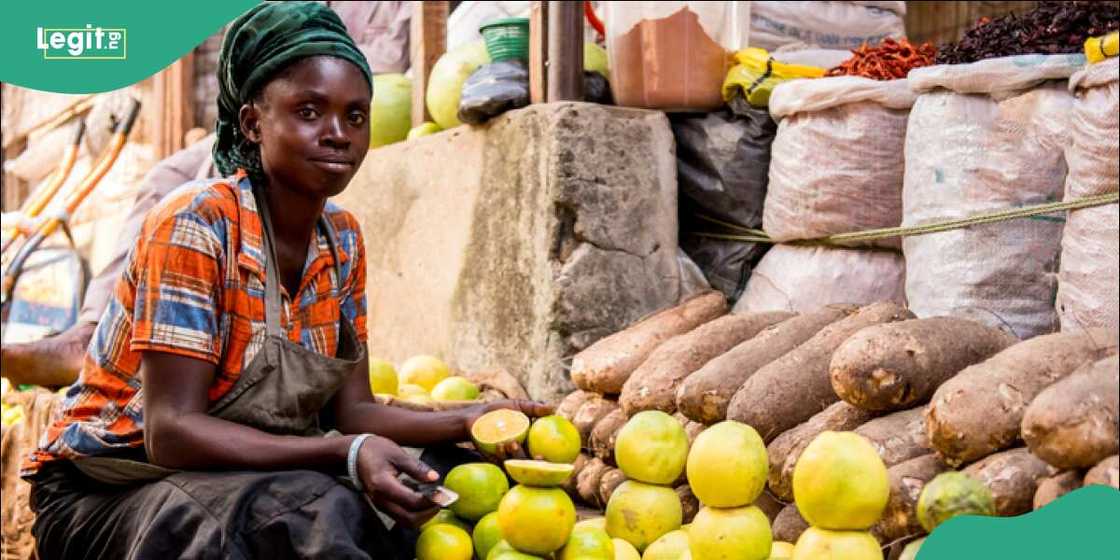
Source: Getty Images
Overall, these states demonstrate that targeted policy interventions, agricultural investment, and infrastructure improvements can play a significant role in lowering inflation and improving livelihoods across Nigeria.
10 most expensive states to live in Nigeria
Legit.ng earlier reported that the NBS disclosed that in April 2025, the headline inflation rate eased to 23.71% relative to the March 2025 headline inflation rate of 24.23%.
Looking at the movement, the April 2025 headline inflation rate showed a decrease of 0.52% compared to the March 2025 headline inflation rate.
The bureau stated this in its April 2025 inflation rate published on its website.
Source: Legit.ng


